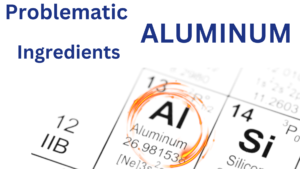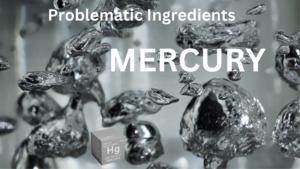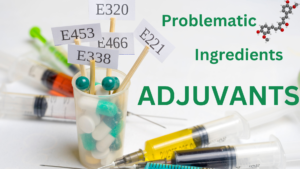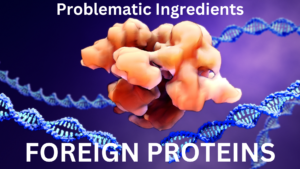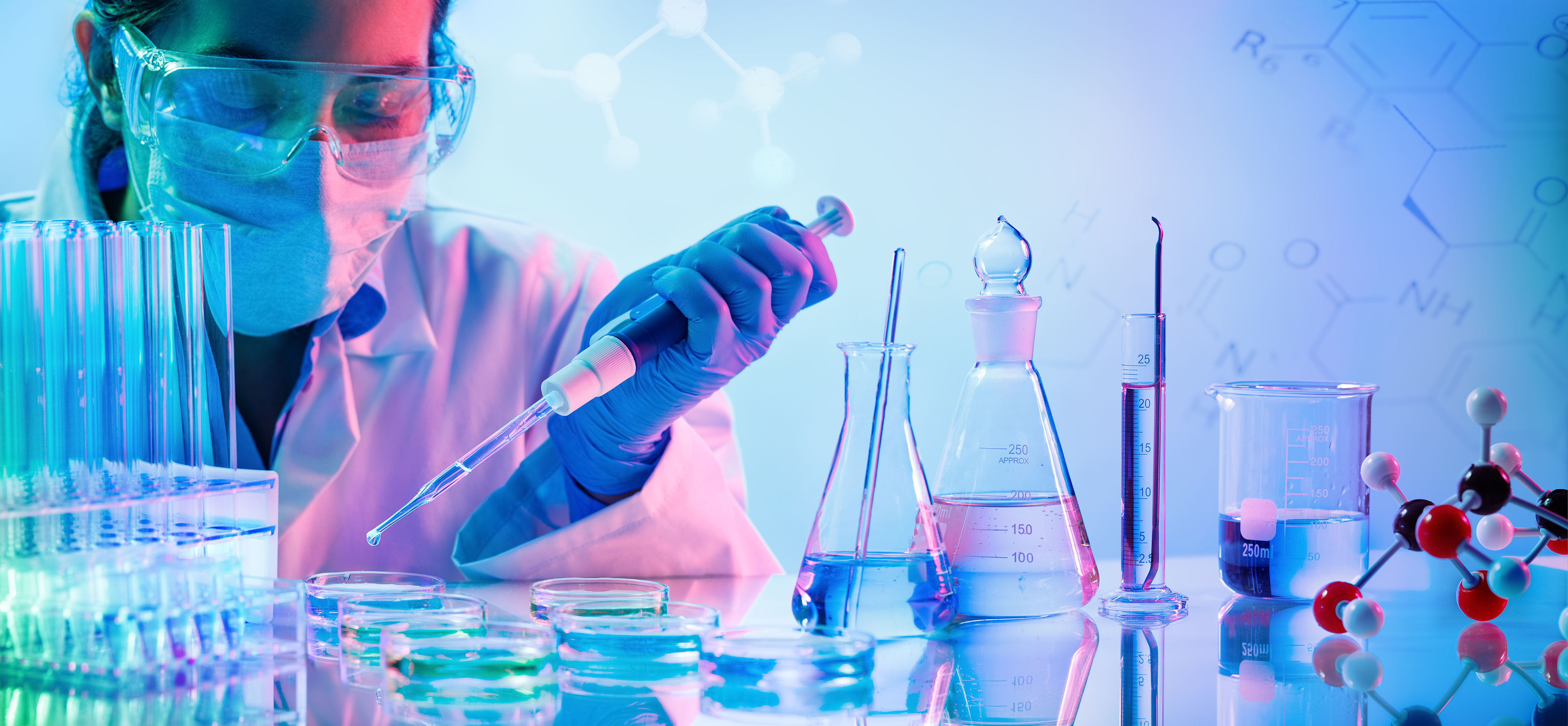
The Problematic Ingredients Series
We’ve graduated some of the most amazing parents, leaders, and activists and
created an exciting community.
Problematic Ingredients – Aluminum
Course Description:
Aluminum is the third most common element on the planet, after oxygen and silica, making up about 8% of the Earth’s crust. Despite its prevalence in the environment, no known form of life uses aluminum as part of its metabolic processes. Therefore, aluminum in the body is toxic and pro-inflammatory.
Aluminum hydroxide, aluminum phosphate, and aluminum potassium sulfate have been used in vaccines for more than 70 years. The intent is to induce a greater antibody response to the injected virus or bacterial particle. But overall, what does this foreign material do to the kidneys, the bones and the brain? [1 Video, Length: 33 min, Downloadable Material, Access to Forums]
In this module you will learn:
* The history of alum and how aluminum became a routine ingredient in most vaccines.
* Why vaccines using aluminum have batch-to-batch variations on potency and toxicity.
* The chain of adverse metabolic events that occur within hours of injecting aluminum into the muscle during vaccination.
* The metabolic reasons why injected aluminum has very different effects on the body than ingested aluminum.
* The truth on what we know about aluminum’s mechanism of action, how it actually works within a vaccine.
* Why aluminum is strongly associated with the development of allergies.
* The shocking amount of aluminum in each vaccine – and the even more shocking revelation on the total amount of aluminum injected into a fully vaccinated 18 year old.
* An overview of the well-documented adverse effects of aluminum on the brain.
Problematic Ingredients – Mercury
Course description:
Mercury has been used as a preservative in vaccines since the 1920s. We are told the mercury in vaccines is not problematic and has nothing to do with autism. The argument advances that there is more mercury in tuna fish than in a vaccine, therefore, the mercury in vaccines is harmless. But are either of those statements true? In this 50-minute minute course you will learn the truth about the neurotoxicity of BOTH environmental mercury and the mercury in vaccines. [1 Video, Length: 52 min, Downloadable Material, Access to Forums]
In this module you will learn:
* The history of thimerosal and how mercury came to be in our vaccines
* The true level of effectiveness of thimerosal as an antimicrobial product
* The difference between ethyl mercury and methyl mercury and the impact of each on the brain and overall health
* The details of two critically important studies that confirm the neurotoxic effects of mercury
Problematic Ingredients – Adjuvants
Course description
An adjuvant is “a substance which accelerates, prolongs and enhances the quality of a specific immune [meaning antibody] response when incorporated into a vaccine formulation.” The evolution of the use of adjuvants began with the diphtheria vaccines. At the turn of the century, diphtheria was a common filth disease. The swelling in
the throat caused by the release of the diphtheria toxin from Corynebacterium diphtheriae could lead to obstruction and if severe, could lead to death.
By 1895, an anti-toxin was discovered that could neutralize the toxin released into circulation. An injection of anti-toxin – a dose of antibodies – was a treatment. Largescale production of anti-toxin /antibodies was made by injecting a dose of diphtheria into horses. Researchers found that when an irritant was injected along with diphtheria toxin, a very large number of antibodies would result that could be harvested. They needed a better “production method.” Hence, the idea of an adjuvant was born.
Aluminum-containing adjuvants have historically served as immunostimulants for vaccines and remain as the most widely used, an only approved, adjuvants. Only recently have we begun to understand the mechanism of action adjuvants and the complexity of using to magnify the result to the injected antigens. Aluminum is discussed in a separate module.
Many chemicals have been postulated as use adjuvants are being investigated. In
this module, we will discuss several other immune stimulants being considered as a
vaccine ingredient.
[1 Video, Length: 33 min, Downloadable Material, Access to Forums]
In the module, you will learn:
* The history of adjuvants and why they are still in vaccines today
* Why the first oil adjuvants were abandoned but experiment continues today
* The variety of strange compounds being injected into humans to induce an antibody
* Why the recent discovery of the Toll-like receptors has changed the understanding of the entire innate immune system
* The seven reasons why adjuvants are added to vaccines
* The specifics about GSK’s AS adjuvant system and why it has yet to be used in vaccine manufacturing.
Problematic Ingredients – Chemicals
Course Description:
Most people believe that a vaccine consists of a little weakened virus or a snip of a bacteria mixed with some sterile water. Those same people are often shocked when they learn there are more than 130 different foreign proteins, animal cells, metals, and >200 chemicals in vaccines.
Granted, each vaccine has about 10 of those ingredients, but if a person receives at least one dose of every available vaccine – and most persons who are vaccinated have received multiple doses of each vaccine – that same person will have been injected with many milligrams of problematic ingredients.
It would take many hours to discuss the chemistry and potential side effects associated the injection of more than 200 chemicals. For the sake of brevity, we will dig deeply into the most toxic ingredients that are included in the final vaccine product. [2 Videos, Length: Vid 1: 46, Vid 2: 34 min, Downloadable Material, Access to Forums]
In this course you will learn:
* Why antibiotics are used in the production of vaccines and why their use is a concern to scientists
* Why the use of neomycin in many vaccines is a serious concern
* The shockingly low level of exposure to antibiotics that can lead to bacterial resistance
* That the potential toxicity of the combined ingredients have never been studied
* The adverse effects of polysorbate 80 and borax on infertility in both boys and girls
* The large amount of residual formaldehyde in influenza vaccines That amount of formaldehyde in a vaccines is much larger than the level found to be toxic through inhalation and skin exposure
* Despite the substantial body of science that documents that formaldehyde as a carcinogen, nearly every regulatory agency denies the association between vaccine-injected formaldehyde and cancer
Click on course to see more.
Problematic Ingredients – Foreign Proteins
Course Description
Foreign proteins in vaccines can be broken down into several categories. In their natural state, the antigens on the surface of viruses and bacteria activate the immune system when they are recognized by the toll-like receptors (TLRs), the “handle” of the TH1, innate immune system. The toll-like receptors are discussed in Part 1 of this course on Adjuvants.
The second category of residual proteins in vaccines is from animals. These foreign proteins include blood, serum and tissue from cows and chickens, cells from dogs and monkeys, and in one of the newest flu shots, FluBlok, has residual cells from the Fall Army Worm.
A third type of foreign protein in vaccines is human protein. These foreign proteins, including human fetal cells, human albumen and plasma, are the most problematic because they can activate the immune system and the DNA from these cells can be incorporated into the DNA of the vaccine recipient.
[2 Videos, Length: Vid 1: 35, Vid 2: 18 min, Downloadable Material, Access to Forums]
In this module you will learn:
* Why animal cells are used to produce vaccines.
* The various cow components used in creating vaccines and various medications.
* Why there are various classifications of cow serum used in production
* The abhorrent way that fetal bovine serum is collected for use in medicine and science.
*How eggs are used at incubators for influenza vaccines.
* How vaccines are associated with egg allergies
* How several different human cell lines became to be used in vaccine production
* The list of other animals that are used in vaccine production
* The next phase of vaccine development: the use of baculoviruses
* The truth about vaccines made from cells extracted from tumorous tissues
Click on course to see more.
[optin-monster-inline slug="lkvxjrk0ubm33k3xayst"]

